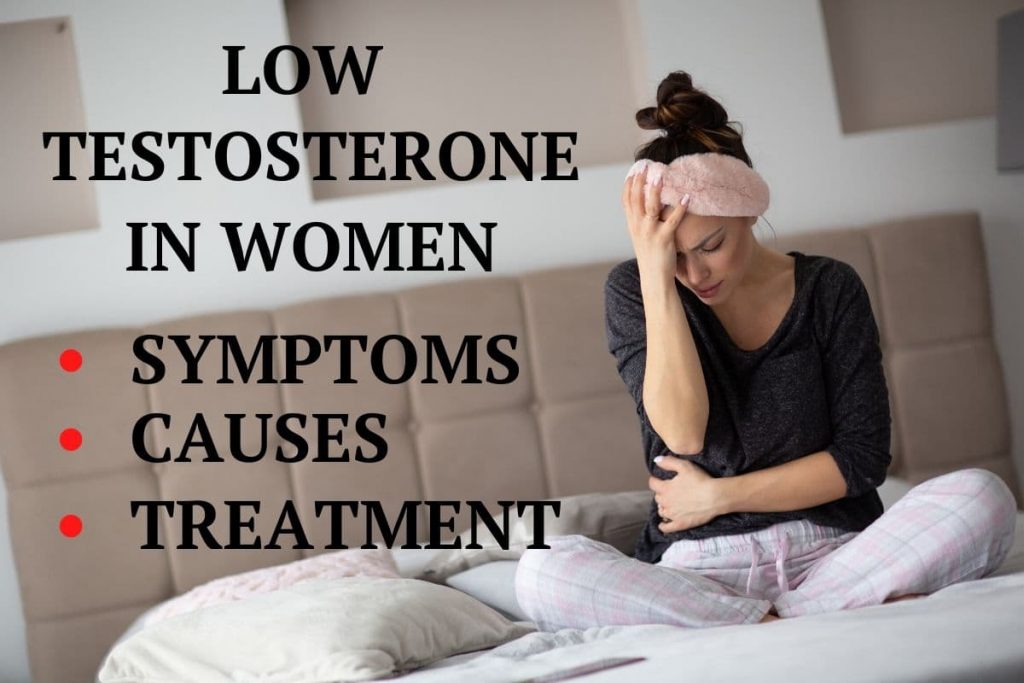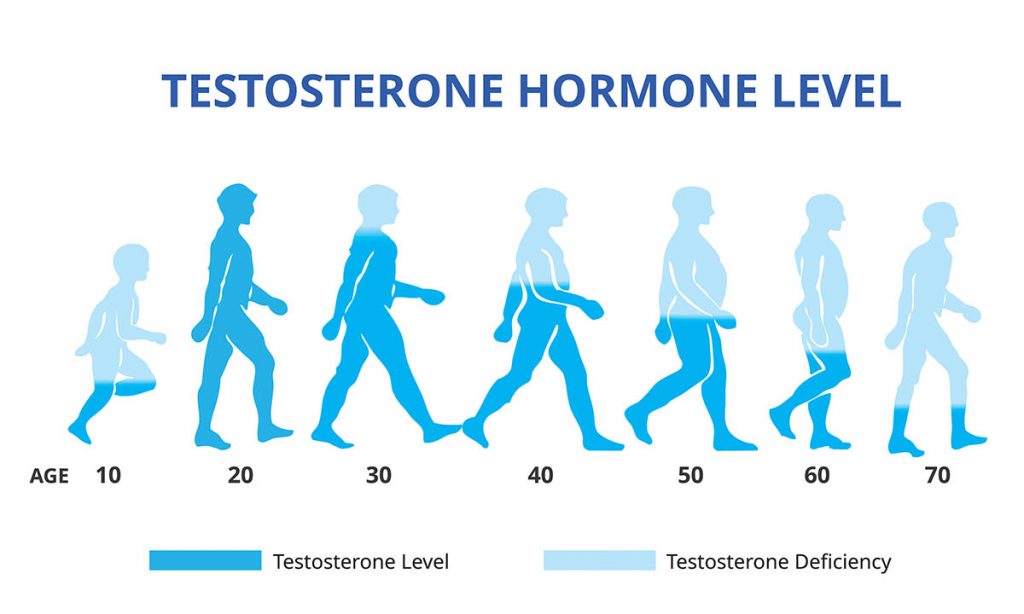Would you be surprised if I told you that women suffer from low levels of testosterone, just like men? While the common belief is that women have estrogen and male testosterone, everyone has a little of both hormones that allow them to function correctly.
When hormone levels become unbalanced, it can cause havoc inside the body. Women can suffer much when their testosterone level is low. Thankfully, a lady can combat the symptoms of low testosterone levels by taking a treatment that is both safe and effective.
Testosterone provides an essential function in both males and females. The male body uses this hormone to produce secondary sexual traits, but a lady needs it to keep the reproductive system functioning as well as to strengthen the bones. The woman’s body produces small amounts from the ovaries and adrenal glands. An androgen deficiency, or low testosterone levels, will cause noticeable symptoms in either sex.
Symptoms of Low Testosterone in Women
During my numerous conversations with female clients, signs of low testosterone in women were uniquely similar. Physically, these women reported tiredness, weakness, loss of muscle mass, and they lacked motivation. Their natural sexual energy was also low. Androgen deficiency can also cause female infertility. Psychologically, their wellbeing was affected, and they often had depressed moods.
While these signs and symptoms may overlap other underlying conditions, they often point to an unhealthy drop in testosterone. Some women may disregard their symptoms as the results of aging. It’s important to realize that low testosterone symptoms in women can be diagnosed and treated, so we always recommend a consult with a physician or other health care provider.
A simple consultation will help to understand your low t symptoms and how to treat them.
What Causes Low Testosterone in Women?
The whole body feels the effects of low testosterone in women. Medical experts do not fully understand what causes this condition. Aging is thought to be a culprit since menopause drops ovarian function in preparation for the next phase of a woman’s life.
It’s also thought that women who take birth control pills may also be at risk for decreased levels. Certain medications for acne or female hair loss work by reducing the testosterone levels to stop these embarrassing conditions. Those who take steroidal treatments can see lower levels because of how the medication affects the adrenal glands.
Testosterone deficiency in women is often noticed by weight gain, thinning hair, and painful intercourse due to vaginal dryness. Consequently, many of these women have a condition called PCOS or Polycystic Ovarian Syndrome. PCOS is the number one cause of infertility in women, and it can also cause glucose resistance that leads to type II diabetes.
These troublesome symptoms can be diagnosed and treated by a health care professional. As I have seen in many female clients, treatment can make a big difference in their well-being.
How to Test Low Testosterone in Women?
What should women do if they notice these symptoms and suspect it is hormone related? The first step is to visit a doctor or another health care provider. The female testosterone deficiency test will determine if there are low levels in the bloodstream.
It’s best to have these levels checked early in the morning as the hormone fluctuates during the day. Medical experts explain that they usually peak around breakfast time. Normal female testosterone levels range between 15 – 70 ng/dL. Any reading less than 15 indicates an androgen deficiency. After a definite diagnosis, the doctor will discuss treatment options.
Normal female testosterone levels range between 15 – 70 ng/dL
How to Treat Low Testosterone in Females?
Many of the women I have spoken to were unsure if they wanted to be treated for their hormone deficiency. However, it’s not advisable to go without treatment. What could happen if low T in females left untreated? Since testosterone is responsible in part for bone density, chronic androgen deficiency can result in brittle bones, called osteoporosis.
Soft, weak bones are more apt to break and cause arthritic joints. Without testosterone treatment, women can have chronic depression, loss of sexual desire, and infertility. It is not a condition to be ignored. There are options to increase testosterone in women.
Mightly every woman with low T symptoms tried natural treatments first, diet and exercise can affect testosterone production, but frequently, it’s not enough. In some cases, women may see elevated levels when their diets are higher in protein and less in fat and carbs with regular exercise. Many multivitamins, pills and herbal supplements are marketed to increase testosterone in women, but there’re not FDA-approved and show zero effectiveness.
Testosterone therapy in the form of injections for women remains to be the most effective treatment due to date. The doctor may prescribe Cypionate, Propionate or Enanthanate injections. As with most medications, experience shows that the benefits of prescribed testosterone therapy usually outweigh possible side effects.
Is it Safe for Women to Take Testosterone Treatment?
When people hear the words “hormone therapy”, it often makes them feel uneasy. Women especially are suspicious of such remedies because of the reports of blood clots and cancer. Some of our clients were hesitant to try a female testosterone deficiency treatment until they better understood its side effects.
The dosage of testosterone prescribed depends on how low androgen levels are in the blood. The current dosage treatment for women with low T ranges from 75 to 100 mg. Continued treatment keeps testosterone levels within the normal range for most women.
Within the first few doses, most women reported that they saw a noticeable reduction in their symptoms. Some claimed that their symptoms were totally gone. Their bone density often increased, they slept better, and their depression left.
Having low testosterone levels is a common problem. Even when standards are on the low side of normal, women can experience a range of physical and mental symptoms. Injections can alleviate many of these with minimal risk. For those women who continue to see benefits, it is worth ongoing therapy.




